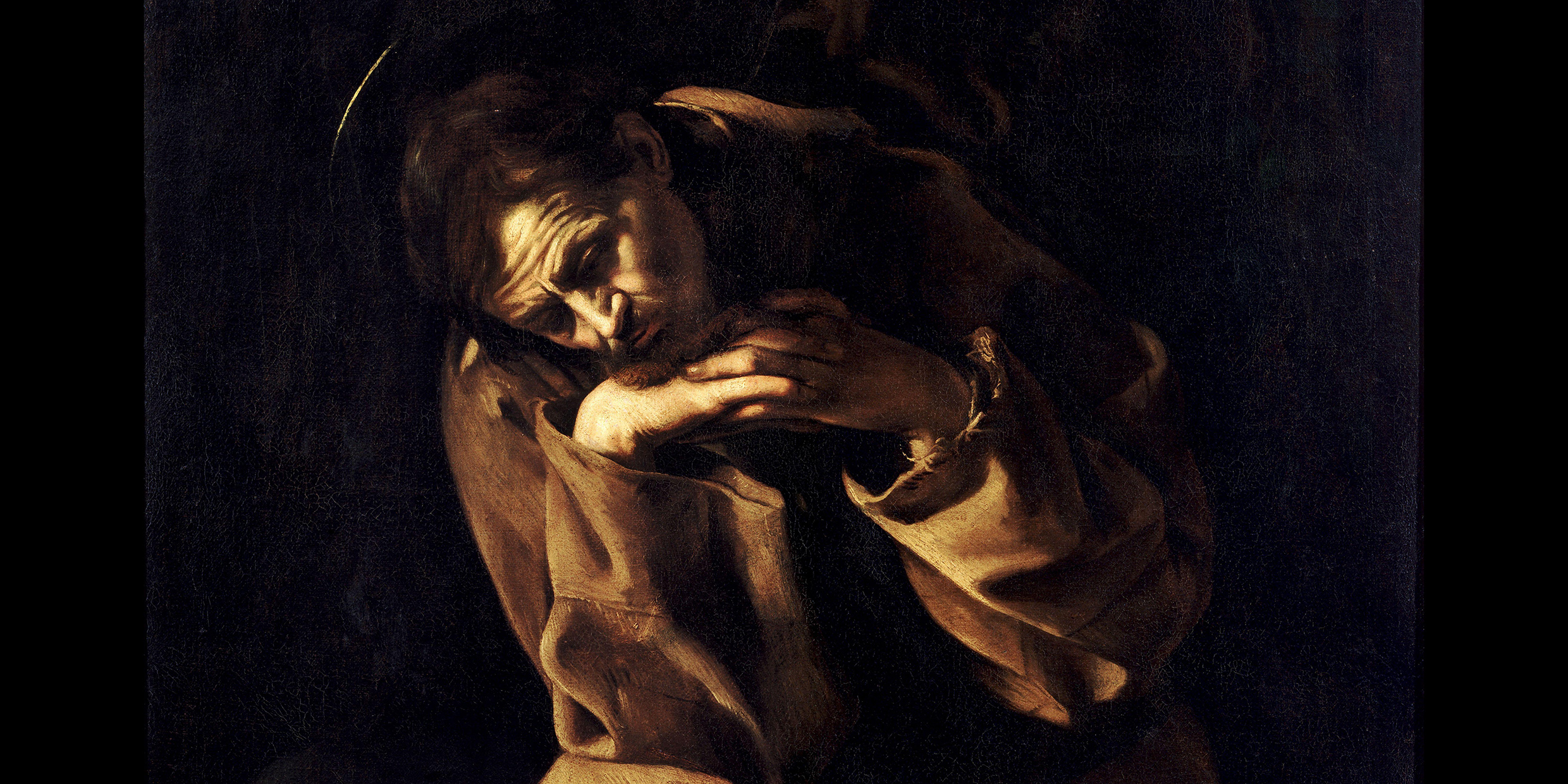Originally published 17 February 1997
I watched a truly awful movie the other night. Franco Zeffirelli’s Brother Sun, Sister Moon, a life of St. Francis of Assisi made in 1973, perhaps the silliest movie ever made by a major director.
Zeffirelli’s Francis is a Woodstock flower child, wandering among flitting butterflies and chirping sparrows with a zoned-out look on his face, or hanging out with his medieval hippie pals singing sunshine Sixties pop. It was embarrassing. The real Francis must be turning in his grave.
But who was the real Francis? No sooner had Francis died in 1226 than the mythmaking began. His Franciscan brothers were quick to promote a sanitized and sometimes fanciful version of the saint. St. Bonaventure’s highly selective life of Francis was declared official in 1266, whereupon earlier sources were ordered destroyed.
Medieval hagiography was meant to edify the faithful, not satisfy 20th-century standards of historical objectivity.
So the poor monk of Assisi lives with us today only as an icon, a gentle nature mystic who, like William Blake, could see heaven in a wild flower, and who gave up riches for a life of holy poverty.
The flowering of the environmental movement in the 1960s gave Francis a whole new audience. “Ecology” was a hot new word and saving the Earth was our passionate agenda. In 1969, I was living in England and made a pilgrimage to the village of Selbourne, home of the 18th century naturalist Gilbert White, author of The Natural History of Selbourne and the father — or grandfather — of ecology.
Selbourne is one of the most beautifully preserved villages in England, a reminder of what life was like before strip development and super highways blotted the landscape. White’s house remains as he left it, across the village green from the parish church where he served as curate.
In the church is a marvelous stained glass window of “St. Francis Preaching to the Birds,” including every bird mentioned in White’s famous book. A European robin perches upon the saint’s finger. Sixty species attend his words. Francis is enshrined in the window as the fairy-tale patron saint of naturalists.
Not long after visiting Selbourne, I read an influential essay by another White, the historian Lynn White Jr., called The Historical Roots of Our Ecologic Crisis. Two years after publication in the journal Science, in March 1967, the essay was still generating controversy among scholars.
White boldly blamed our environmental crisis on Christian theology.
He called the victory of Christianity over paganism “the greatest psychic revolution in the history of our culture.” According to White, Christianity offered a progressive, rather than cyclic, view of history that emphasized man’s dominion over creation: “No item in the physical universe had any purpose save to serve man’s purposes.”
The pagan spirits of trees and brooks were banished by Christianity, said White. By destroying pagan animism, humans were set free to exploit nature in a mood of indifference to the feelings or rights of natural objects.
In the long Christian tradition, White found only one exception to the theology of divinely-sanctioned exploitation of nature: St. Francis of Assisi. The key to understanding Francis is his belief in the virtue of humility, said White, not merely for the individual but for humans as a species.
He wrote: “Francis tried to depose man from his monarchy over creation and set up a democracy of all God’s creatures. With him the ant is no longer simply a homily for the lazy, flames a sign of the thrust of the soul towards union with God; now they are Brother Ant and Sister Fire, praising the Creator in their own ways as Brother Man does in his.”
In place of man’s exclusive dominion over creation, Francis proposed an equality of all creatures, including humans.
He failed, of course. But for his efforts, White proposed that Francis be honored as patron saint of ecologists. The roots of our ecological troubles are religious, White claimed, and the remedy must also be religious, whether we call it that or not. We must reestablish ourselves as part of the fabric of nature.
Did Lynn White Jr. get it right? Christian theology is certainly not as uniformly anti-nature as he claimed. Nor is Francis so pure an ecologist; in the traditional story of Francis preaching to the birds, the saint gives the birds permission to leave at the end of his sermon — not exactly what you’d expect in a democracy of equals.
Nevertheless, White is right that a solution to our ecological crisis must be essentially religious; we must rethink who we are in the cosmic order, what we want, and how we might get it.
The gentle saint of Assisi, who valued happiness more than material possessions and who took pleasure in the company of plants and animals, may still have much to teach us. But if Francis is to guide us, we will have to reinvent a saint who is tougher, saner, and more technologically resourceful than the fairy-tale figure of the Selbourne church window or the hippie flower-child of Zeffirelli’s movie.



